With the pending release of a new Teenage Mutant Ninja Turtles movie, I thought I’d visit the frenetic foursome’s nearest parallel in old school D&D and present a Teenage Mutant Ninja Tortle class for Moldvay/Cook and BECMI D&D.
Role-playing games have a long history of anthropomorphic character options. I’m not sure what the first humanoid animal player character option was, but I’m going to venture a guess that it was the Ducks who have featured in Runequest since the first edition in 1978. Tunnels & Trolls (1975) and Monsters! Monsters! (1976) come close, as both provide options for “monster” characters, but none of the options included are as explicitly anthropomorphic animals as Runequest’s Ducks.
According to Chaosium President Rick Mients (2020), Ducks have been a part of Runequest since the initial playtests and served as a proxy for Hobbits. Though Ducks are described in the 1st Edition of Runequest (see above from page 78), Mients believes that the earliest drawing of the Duck species was the cover illustration of Wyrm’s Footnotes #8 (1980) by Jennell Jaquays. She certainly played a part in popularizing the species as she also co-wrote and illustrated the Runequest adventure The Legendary Duck Tower for Judge’s Guild. The adventure was a play on her popular D&D Adventure The Dark Tower, which was recently reincarnated in a Deluxe Edition Kickstarter by Goodman Games.
It didn’t take too long for D&D to get in on the anthropomorphic animal bandwagon, you have the Aranea by X1, the Lupin in X2, and possibly some earlier than that. Tortle non-player characters were added to the mix in 1987 in Dungeon Magazine issues #6 and #7 in the two part adventure “Tortles of the Purple Sage.” Tortles inspired by our favorite chelonian champions were introduced in Dragon Magazine #179 as “Tortle Mystics.” The BECMI D&D mystic class was analogous to the AD&D and and D&D 3.0 and later Monk class, so it didn’t take a person with deep lore of comics and rpgs to know who was being referred to in the article.
While mechanical options for some anthropomorphic PCs were added by the mid-to-late 1980s to both the AD&D lines (the Hengeyokai) and D&D (Pooka) product lines, there were no rules for Tortle player characters. In the 1990s, TSR published rules for playing Lupin and Rakasta as BECMI characters in Dragon Magazine #181, but those rules violated the “ancestry as class” rules norm of Moldvay/Cook and BECMI and it wasn’t until the Rage of the Rakasta module that a Basic D&D specific class for the Rakasta. Sadly, that class was limited to the first 5 levels of play, but the class can be easily expanded to full BECMI by any DM (something I’ll likely do for my next post).
With the publication of the AD&D 2nd edition Red Steel boxed set, players of D&D finally had official rules for Tortle PC characters. Those rules are fun, and for a great setting, but are not for the era and style of game play I’m hoping to present here. I want to give players of BECMI and B/X games the opportunity to play everyone’s favoring pizza purloining chelonian champions. I’ll probably include other Tortle options later, but for now I think I’ll just focus on adapting the Tortles from Dragon #179.
The first step in adapting the Tortle into a full B/X class is to examine the benefits of the ancestry and to plot them out in a way similar to how the Lupins and Rakasta were presented on page 48 of Dragon Magazine # 181. The benefits of the ancestry will be drawn from The article provided the specific benefits of the ancestries and then the experience point penalty for playing as that ancestry.
Let’s take a look at the description from module X9 The Savage Coast to see if that will help us get a start.
Not really. The only benefit we are seeing here is that they can hold their breath for 10 turns and have a base AC of 3 (likely due to their armored shell since this is the equivalent of plate mail). We have no information on stat bonuses or significant special abilities. We want the characters to feel special, so let’s dig a little further and check out AC9 the Creature Catalog on page 47.
We get a little more information here as it includes information that Tortles are slightly below average Intelligence, that they don’t wear clothes or armor, and that they can withdraw into their shells for protection. How much protection? Who knows. It also looks like the average adult Tortle has 4HD and saves like a fighter. This suggests that the most common Tortles people will encounter are warrior Tortles and that these tend to be fairly experienced. Typical of early D&D products, we find that you can make armor from “fresh tortle-egg shells.”
We’ll set that bit of dehumanizing information aside and we are still left with a little less information than I’d like, so it’s time to look at Red Steel which presents Tortles as a playable ancestry.
This time we are given a little more information. I think enough to begin building a full Teenage Mutant Ninja Tortle class. Remember that in B/X and BECMI most classes don’t add or subract from core attributes like STR and DEX, instead they have a range. My sense from reading these is that we’ll require a minimum CON and WIS to receive XP bonuses and that those will be the Prime Requisites for a normal Tortle (to come in the next newsletter). Our Teenage Mutant Ninja Tortle class will have DEX and CON minimums and have those as the Prime Requisites. Additionally, we’ll give a +4 bonus to AC and give good saves to account for the ability to pull into the shell at will, but we won’t give hiding in the shell as an ability because we want this to be an active class and not one where players are encouraged to withdraw. You can keep that if you want.
This brings us to the second step, which is to take those benefits and recommendations and transform them using the Rakasta class from Rage of the Rakasta as a guideline. The Rakasta advance in combat ability like a fighter, have fighter hit points, and have the Magic User Saving Throw Array with faster improvement. Having done that, I’ve incorporated the bonuses above into a transformed version of the Mystic class from the BECMI Rules Cyclopedia and I give to you…the Teenage Mutant Ninja Tortle!
What do you think? Let me know in the comments. Maybe I’ll update it and make more edits for a final version. I will certainly be presenting the frenetic four and an adventure featuring them in the not too distant future.
Every appearance of the Tortle Ancestry.
Classic D&D (B/X and BECMI)
X9 - The Savage Coast (1985)
AC9 Creature Catalog (1986)
DMR2 Creature Catalog (1993)
Tortles of the Purple Sage Part 1 Dungeon Magazine #6
Tortles of the Purple Sage Part 2 Dungeon Magazine #7
Voyage of the Princess Ark Dragon Magazine #179
For AD&D 2nd Edition
Mystara Monstrous Compendium Appendix
Red Steel Boxed Set
Red Steel : Savage Baronies Boxed Set
Savage Coast Monstrous Compendium PDF
Savage Coast: Adventures on the Savage Coast
Tortles of Mystara: Dragon Magazine (Never published article by Bruce Heard)
For D&D 3rd Edition
Red Steel, Dragon #315
For D&D 5th Edition
Volo’s Guide to Monsters (2016)
Tortle Package (2017)
Descent into Avernus (2019)
Explorer’s Guide to Wildemont (2020)
Monsters of the Multiverse (2022)
Third Party Publications
“A Traveller’s Guide to Tortle’s Tears” in Threshold Magazine #28


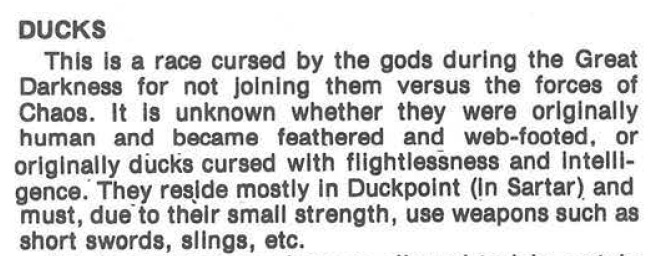
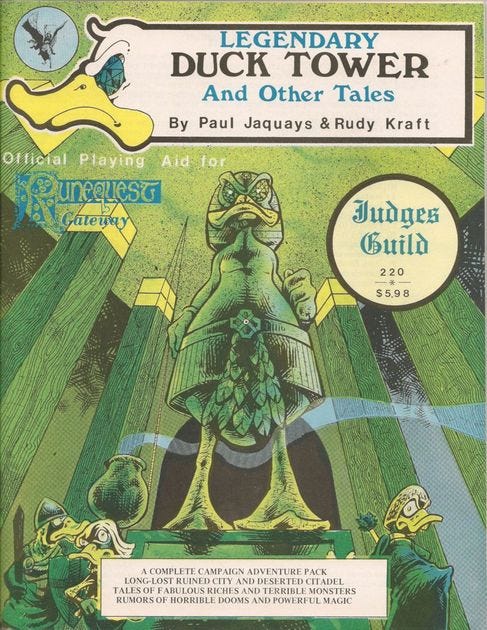
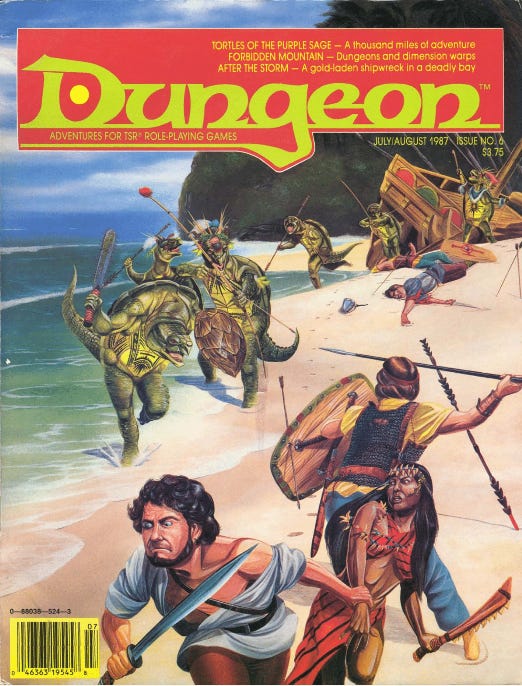
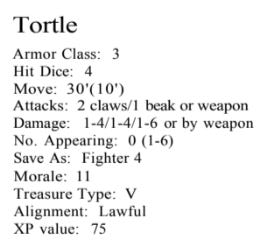








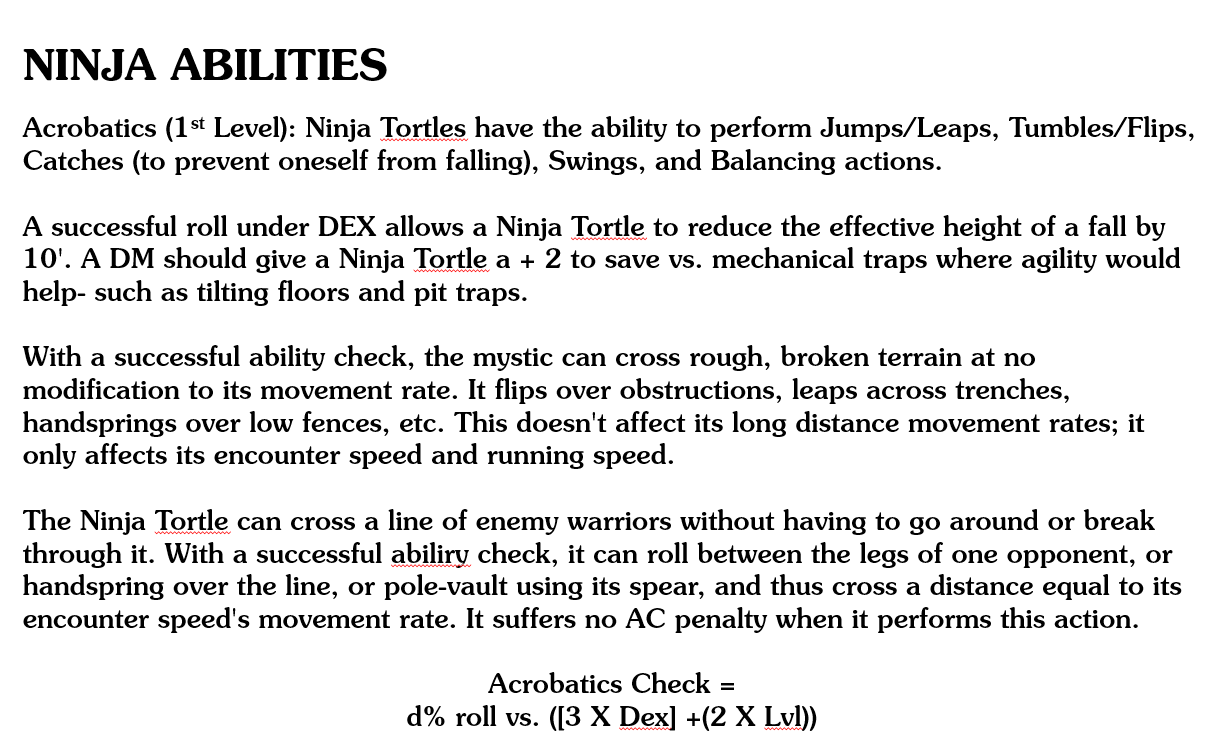


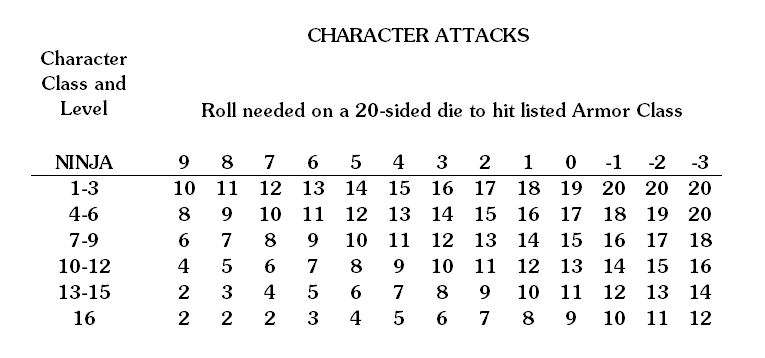

No comments:
Post a Comment